What to Expect When Adopting a Dog From a Valley Shelter or Rescue
Bark up the right tree.
-
CategoryPeople
-
Written byAnne M. Russell
-
Photographed byShane O’Donnell
You may have heard the slogan, “Adopt, don’t shop.” Coined by LA-based Last Chance for Animals in the ’80s, the slogan encourages people seeking companion animals to forgo expensive designer pets from breeders—the shopping part—to give a second chance to animals that have landed in shelters.
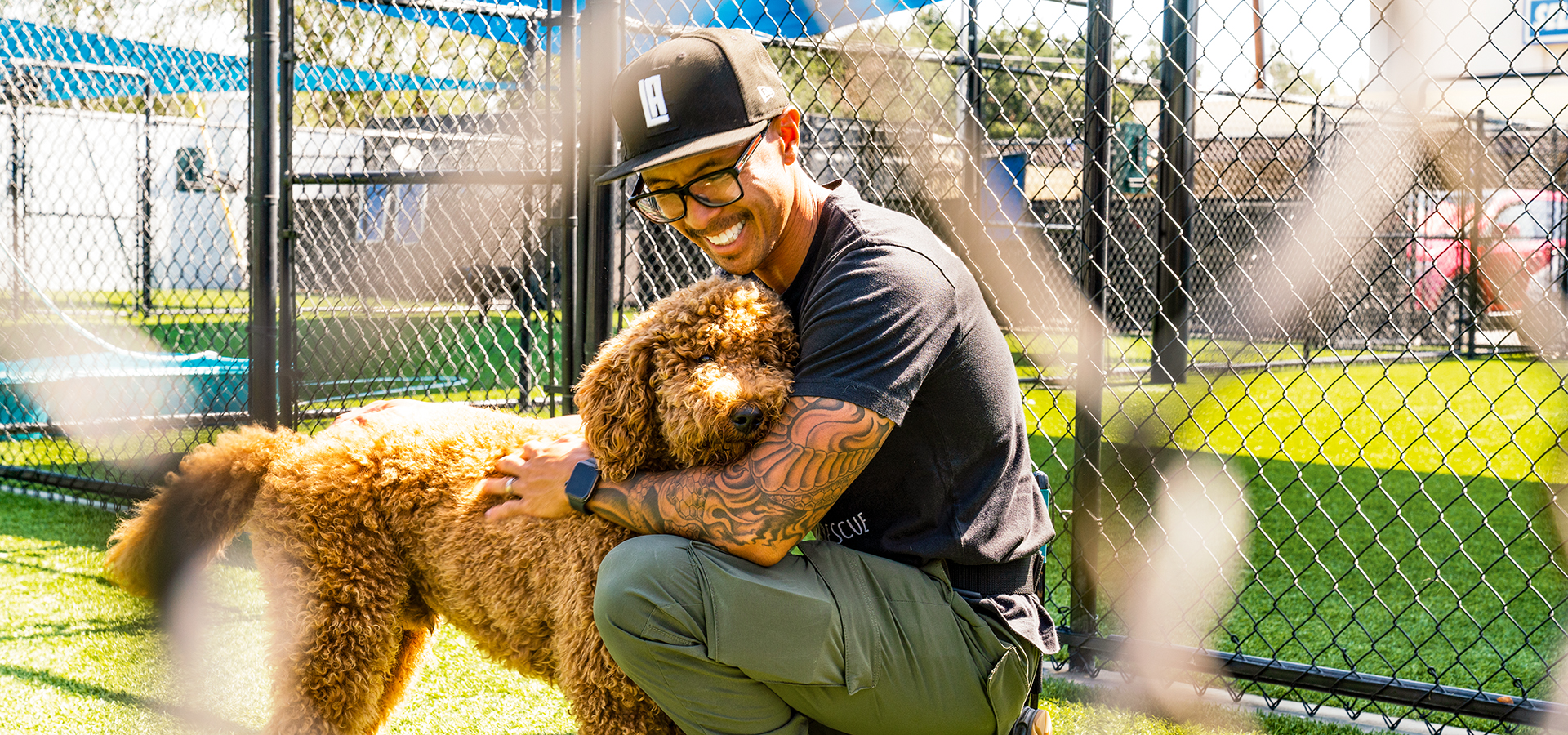
After a pandemic-induced wave of adoptions that left shelters short on adoptable pets, Valley shelters have filled up again. In fact, intake has increased 30% this year over 2021. LA Animal Services’ stated goal is to achieve “no-kill” status, which is defined as a 90% save rate, and they continue to hit the mark.
If you want to rescue a pet, there a few things you can do for a successful outcome. Your first step is to assess what kind of pet best fits your lifestyle. Animals often wind up in shelters because the pet was more energetic or aggressive than the owner anticipated or needed attention or care they couldn’t provide. Before embarking on your search, decide how big, furry, or playful a dog you can handle.
“Don’t make a hasty decision,” warns Kim Kurland, a certified dog trainer, approved Canine Good Citizen evaluator, and owner of Pawsitive Hound Dog Training. “Think hard about what you’re looking for in terms of exercise requirements, grooming needs and age.”
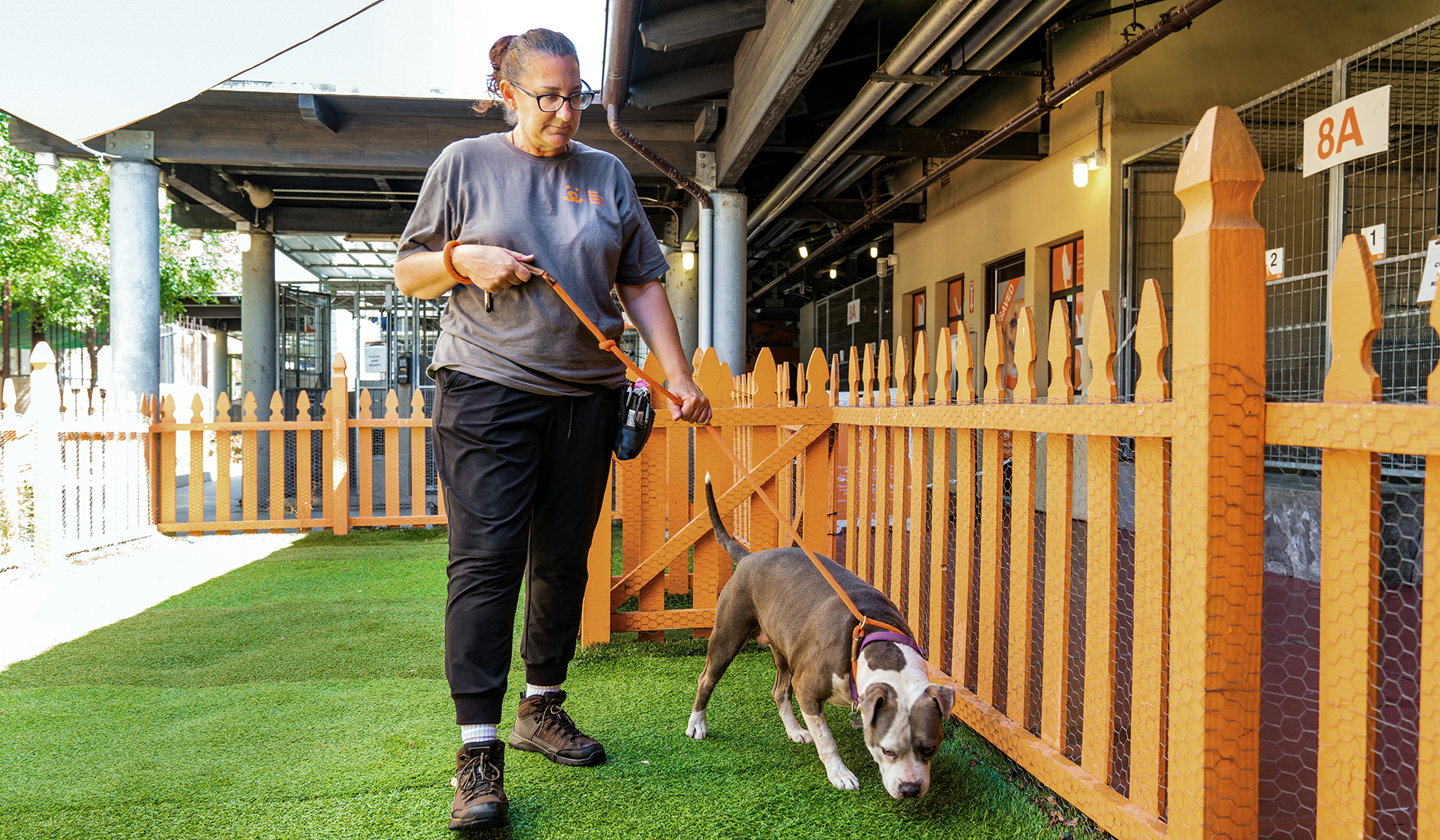
Shelter vs. Rescue
We suggest starting your search at a municipal shelter, which locally means either the West Valley Animal Shelter in Chatsworth or the East Valley Animal Shelter in Van Nuys. You can also get a shelter pet from a rescue like Best Friends Animal Society, which spearheaded the NKLA (No-Kill LA) campaign. The pets at their Mission Hills shelter are rescued from the six LA Animal Services facilities.
All three organizations have websites so you can look at who’s up for adoption. Adult and senior dogs are much more plentiful than puppies. Cats far outnumber kittens. If you have your heart set on a puppy, know that you will need luck and patience. When I visited the East Valley shelter recently only one puppy was available out of about 50 dogs—and a young couple was trying to adopt it. When multiple people are vying for the same animal at an LA Animal Services shelter, it goes to a silent auction format, where each contender writes down their maximum bid and the highest bidder wins.
“A lot of people think puppies are a blank slate,” says Kim. “But that’s not necessarily the case. They’re not guaranteed not to have behavioral issues.” She advises considering older dogs as well; their personalities are easier to assess and they don’t require as much training and patience as a puppy.
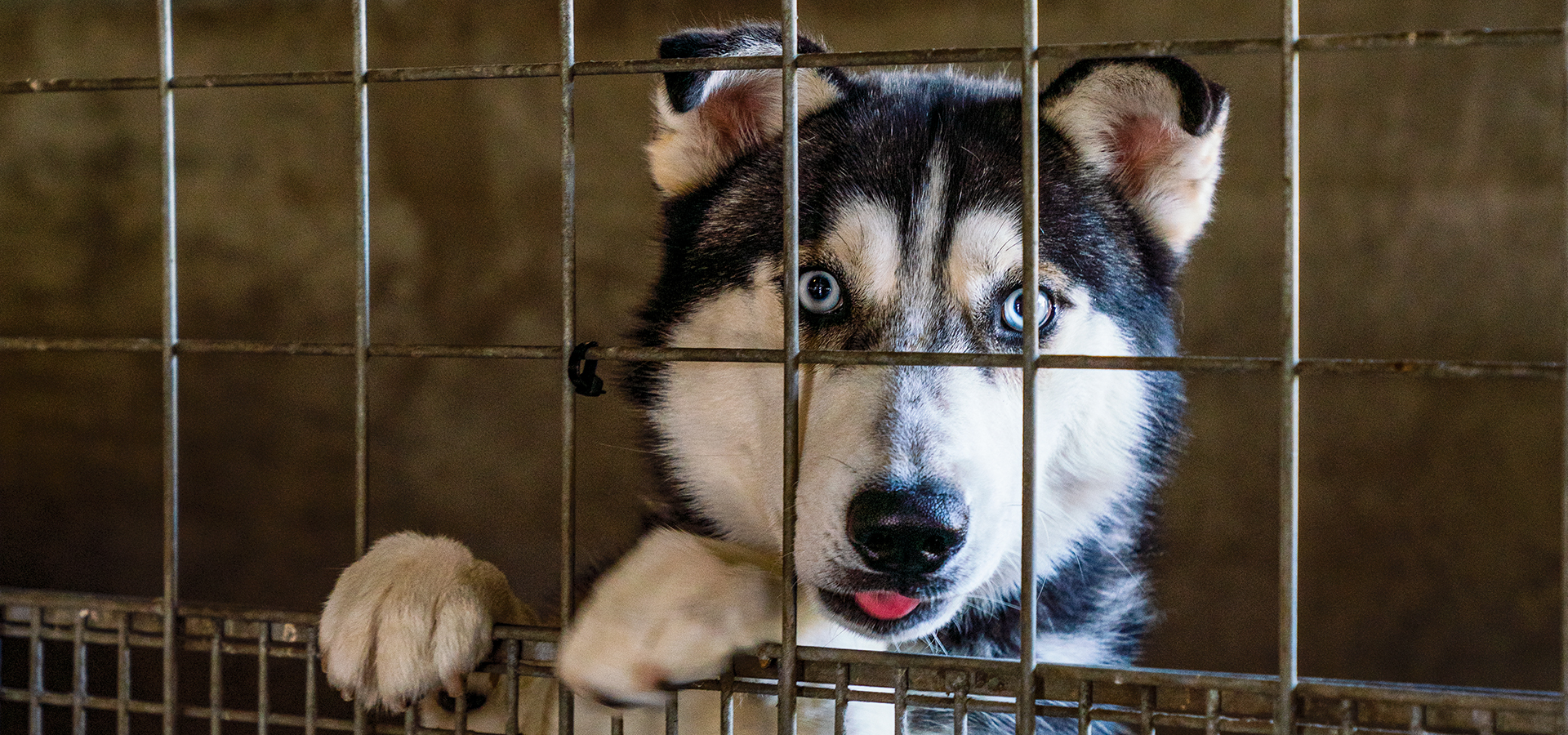
Up to this point, shelters and rescues are similar, but once you hit the meet-and-greet stage, they diverge. If you go the shelter route, you will see dozens of animals in small cages and kennels in need of rescue. Even if you’ve braced yourself, witnessing stressed, needy animals can be tough, and making a clearheaded decision harder. Kim adds that’s a good reason for leaving young kids at home, at least on the first visit. “It can be tricky if you bring the whole family,” she says. “In the excitement, you lose the ability to observe the dog carefully.”
Even retired local veterinarian Bear Thompson, who has seen all kinds of animal trauma, describes the shelter experience as emotionally wrenching. “I can’t go into a shelter unless I plan on coming out with a pet,” he says.
Rescues, on the other hand, will often bring the animal to meet you, in part because they do a home inspection at the same time. Or they may have you visit the animal at a foster family or a third-party location. Rescue groups also tend to have more information about animals’ personalities and behaviors because they’ve been able to observe them in a home environment. Kim views this as a major benefit. “You don’t want a dog that actively doesn’t like other dogs,” she notes. “It’s very hard to train actual aggression out of a dog.”

The Pet Process
When adopting a pet, be prepared to fill out forms and provide information. In the case of some rescues, that means answering some questions that may seem intrusive. For example, you might be asked how much you are out of the house, how often you travel, how much you are willing to spend on veterinary care, and the ages of your kids. If you are a renter, you might be asked for documentation to prove that your landlord allows pets. “I get a lot of applications I reject,” acknowledges Jeanne Curcione, who founded Bichons and Buddies rescue in 2004. “People can get very belligerent about that.” But, she adds, “A lot of the time it’s because the dog isn’t a good fit. My job is to make the very best fit.”
Besides checking to make sure your household is suitable and safe for pets, most rescue groups also want to sign off on any other pets in the home. Incompatibility with pets already in the home is a common reason adopted animals get returned.
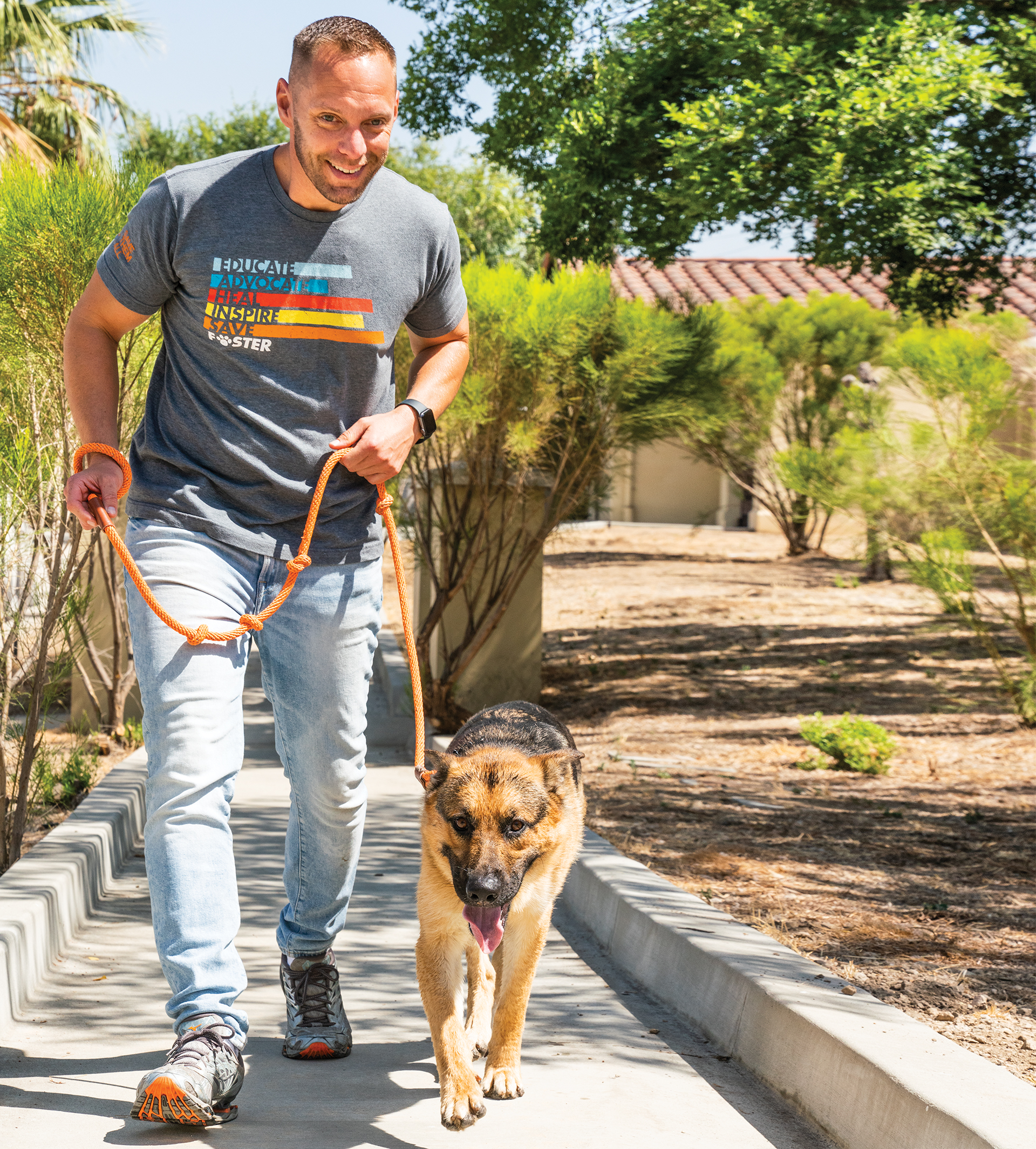
The Meet & Greet
So what should you look for when you meet your prospective adoptee? “The most important thing initially is friendliness,” says Kim. In a dog, “You want to look for a wiggly body—soft body language. A lot of people go with a specific breed in mind and that’s not the best criterion.”
Beyond that, be on the lookout for existing medical issues. One of the most costly is dental work. Anesthetizing a dog for a routine cleaning could end up costing upward of $1,000 if extractions are necessary. Some vets also require advance blood work before they will anesthetize an older dog for a cleaning. “Look at the teeth, and if the gums are really red or there’s a lot of tartar or gum recession, that’s indicative of periodontal disease,” says Bear.
Joyce Deprest Higgins, who adopted a miniature pinscher mix a couple years ago, says she had an intuition that something wasn’t quite right with the tiny, adorable puppy when the rescue brought him to visit her home in Woodland Hills. But she had no way of knowing that JJ had an untreatable degenerative neurological condition that would ultimately run up medical bills exceeding $30,000 before his death at age 2½. “I remember the last thing the rescuer saying to me before she left was, ‘You should probably get vet insurance as soon as possible,’” Joyce says. She heeded the advice, taking out a policy by pet insurer Fetch.
To other prospective adopters Joyce advises, “First and foremost, get good pet insurance. You never want money to be a reason you can’t take care of your dog.” Her expenses, she says, were almost entirely covered by the insurer.
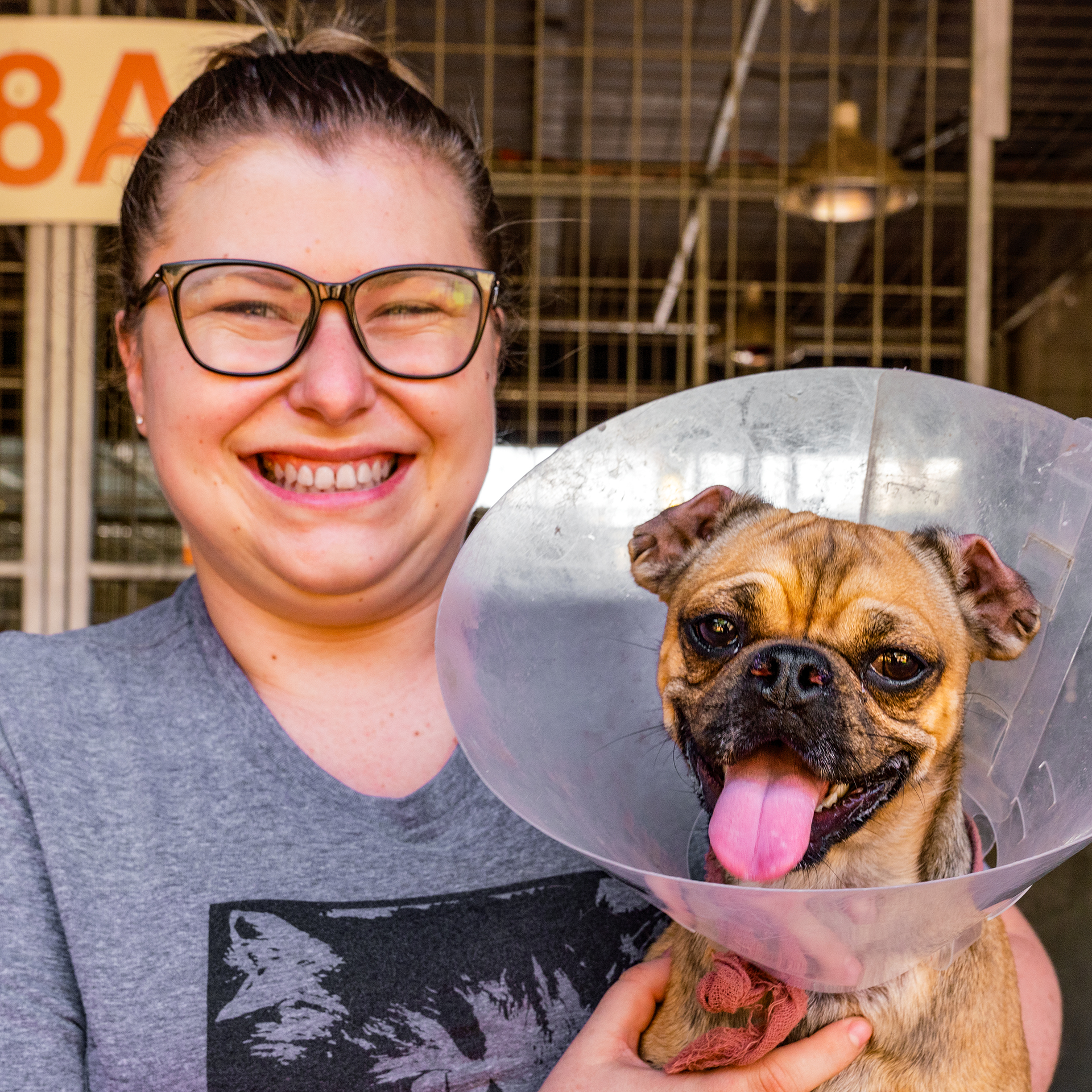
The Return Policy
Say the worst happens, and despite all the effort you put in up front, your new pet just isn’t fitting in well. This is where that paperwork you signed earlier comes in and why it’s important to read the adoption agreement. Municipal shelters and rescues will take adoptees back, but you may lose all or part of your adoption fee (see sidebar for typical costs).
Do keep in mind what Kim calls the 3-3-3 rule: “It takes three days for a dog to get over the shock of a change; three weeks for it to realize it’s in its new home; and three months for it to settle in and relax. So you don’t want to make a decision too quickly.” Even if you have a “ruff” start, with a little patience you may wind up with the best friend you’ve always wanted.
•••
The Finances of Adopting
![]()
The basic costs for pet adoption at LA Animal Services are: $102 for adult dogs and $150 for puppies; $25 for cats and $50 for kittens. Pets that have been in their care longer than 10 days go to half price. The fees include spaying/neutering, microchipping and vaccinations.
At Best Friends Animal Society in Mission Hills, fees are $100 for dogs older than 6 months; $150 for puppies. Both cats and kittens are $25. You will need to fill out an adoption survey to visit with the particular animal you’re interested in.
LA Animal Services often partners with corporate donors like Bounty and Petco to offer free or reduced-fee adoptions, so watch the website and social media for news about adoption fairs and specials.
For older would-be rescuers who are willing to take senior animals, Best Friends offers an ongoing $5 adoption deal for people age 55 and above who will adopt a dog 5 years or older. LA Animal Services offers discounts for people 62 and up on animals 7 years or older.
At private rescue organizations, costs vary considerably. For a cute, small, in-demand breed, expect charges in the range of $300 to $600.
A word about scams: Be wary about sending money for animals you can’t meet in person, whether it’s a private party or an organization claiming to be an online rescue. Check Yelp reviews on rescues and do a Google image search of the pet’s photo. Scammers sometimes use a stock photo of a cute animal to lure in victims.
Architect May Sung Comes to The Rescue on a Studio City Reno Gone Wild
In the right hands…finally!
Join the Valley Community









